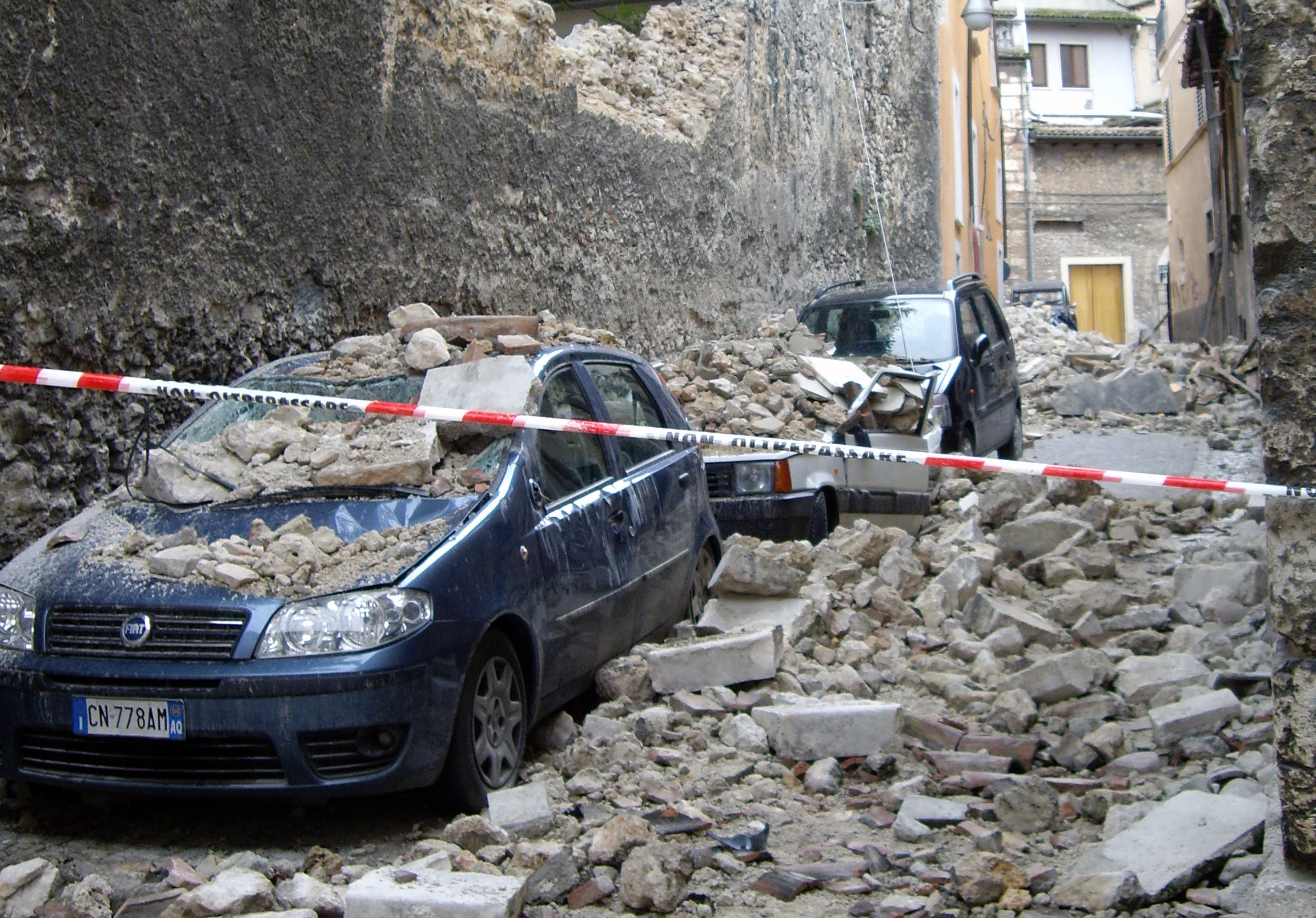Category: Statistical Seismology
This poster was presented at the 2021 Southern California Earthquake Center (SCEC) meeting. It demonstrates the development of time-independent earthquake forecasts with inlabru, building on our work on spatial models, and how well these perform in pseudo-prospective testing with the pyCSEP package. You can also view this poster and others from the meeting here. This […]
Forward: One of the big challenges with forecasting natural hazards is how to combine the disparate range of data-types that could inform a forecast. With seismicity, this includes the point location of past events, line maps of the location of known active faults, and raster maps of the rate at which the crust is straining […]
Blog Author: Francesco Serafini (2nd year PhD Student, H2020 funded) What a year to start a PhD! If two years ago someone told me that I would have found myself writing a blog post about my first year as PhD student in Geosciences at the University of Edinburgh during a global pandemic I wouldn’t believe […]
Modelling seismicity as a spatio-temporal point process using inlabru Background: This PhD is funded through the ‘RISE’ project as part of the Horizon 2020 program: Towards operational forecasting of earthquakes and early warning capacity for more resilient societies.Operational earthquake forecasting is the development of time evolving forecasts to quantify and communicate changing seismic hazard [1], […]
Project Summary: You will develop a new Bayesian framework for forecasting the occurrence and evolution of natural hazards by adapting a cutting-edge spatio-temporal modelling package, originally developed for ecological systems. The full project description and details of how to apply for this as a NERC PhD can be found on the E4 website: Forecasting the spatio-temporal evolution of natural […]
In this post, I will just update the plots I showed in Part 1 of this blog. It has been a little difficult as I am relying on information in the public domain – and there have been few authoritative statements made directly by Cuadrilla. I have tried to highlight where I have only partial […]
Professional grade seismometers are expensive, which is unfortunate because I would like to get a small network to experiment with. Thankfully – there is a potential solution. The Raspberry Shake team have been developing low cost seismometer using a Raspberry Pi to manage the software side. There are various flavours of Raspberry Shake. The 1D […]
The public, regulators and policy makers are understandably concerned about the magnitude of earthquakes induced by fracking operations and the risk of any consequent damage that might occur. When a M2.3 earthquake was induced 7 years ago by fracking operations in the Presse Hall project near Blackpool, the authorities responded by imposing tight limits on […]
As a Senior Lecturer at Edinburgh University, one of my research specialties is statistical seismology. This is the study of the statistics of earthquakes. Whilst I really want to know about earthquake process – but it turns out that you need to understand the earthquake data well in order to infer anything that is likely […]




Recent comments